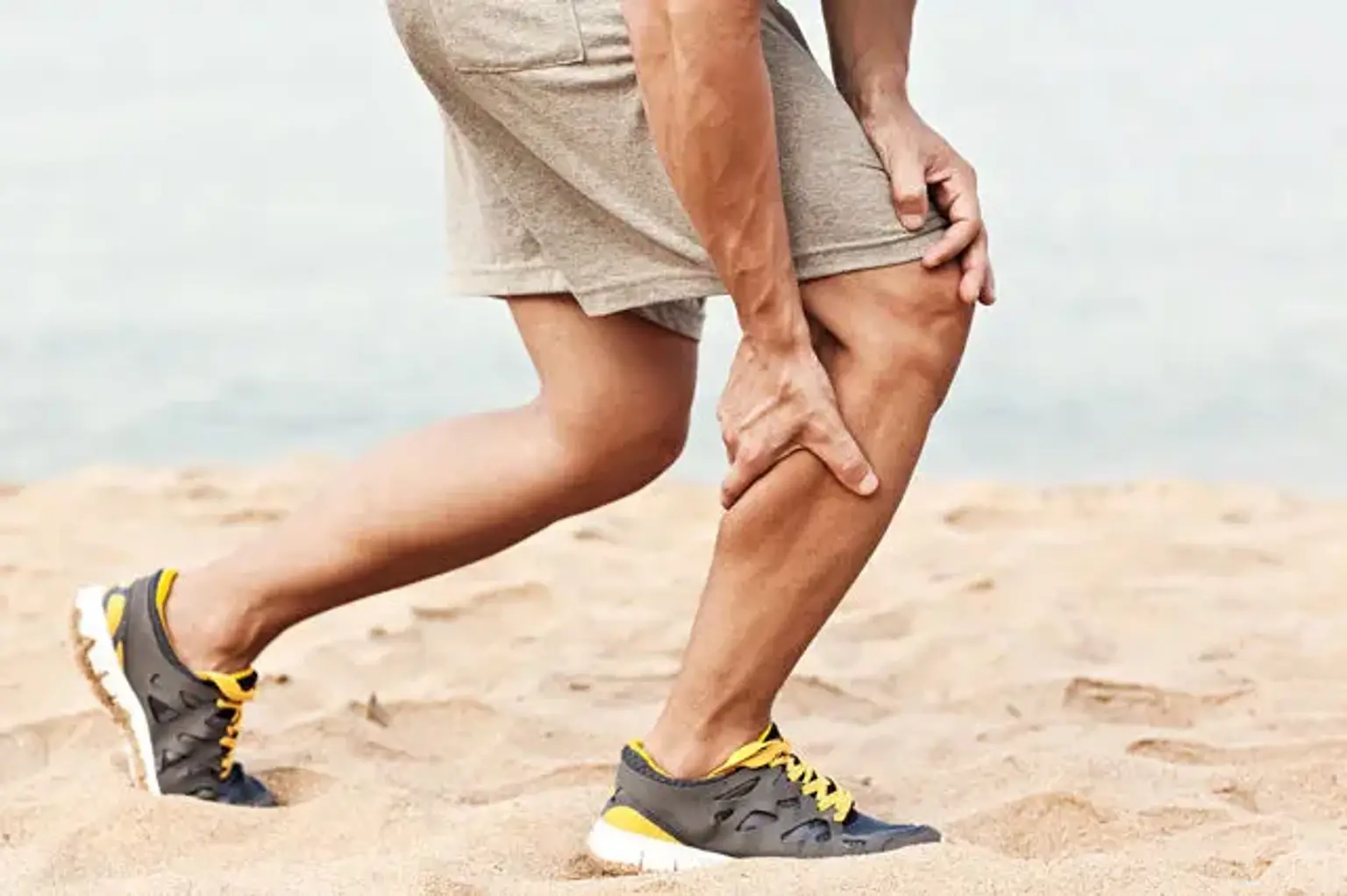Introduction
What Are Muscle Strains?
Muscle strains are a common type of injury that occurs when muscle fibers are overstretched or torn due to excessive force. They can happen during intense physical activity, sudden movements, or even everyday tasks like lifting heavy objects. Athletes, gym-goers, and individuals with physically demanding lifestyles are particularly susceptible to these injuries.
In Korea, the growing emphasis on health and wellness has led to advancements in the treatment and recovery of muscle strains. From state-of-the-art rehabilitation centers to innovative therapies, Korea is becoming a leading destination for individuals seeking effective solutions for muscle recovery.
The Importance of Proper Recovery
Recovering safely from a muscle strain is critical to avoid further damage and long-term complications. Without proper care, a minor strain can escalate into chronic pain or even permanent mobility issues. Thankfully, Korea offers a range of recovery options, combining traditional methods like physical therapy with cutting-edge techniques.
This article delves into the causes, symptoms, and treatments for muscle strains while highlighting why Korea is a top choice for recovery.
Muscle Strain Causes
Muscle strains occur due to various factors, with one of the most common being overuse. Engaging in activities that require repetitive movements without allowing adequate recovery time places excessive stress on muscle fibers, leading to small tears. This is especially common in individuals who suddenly increase the intensity or duration of their exercise routines. Insufficient warm-ups are another significant contributor, as cold or unprepared muscles are more prone to injury during intense physical activity.
